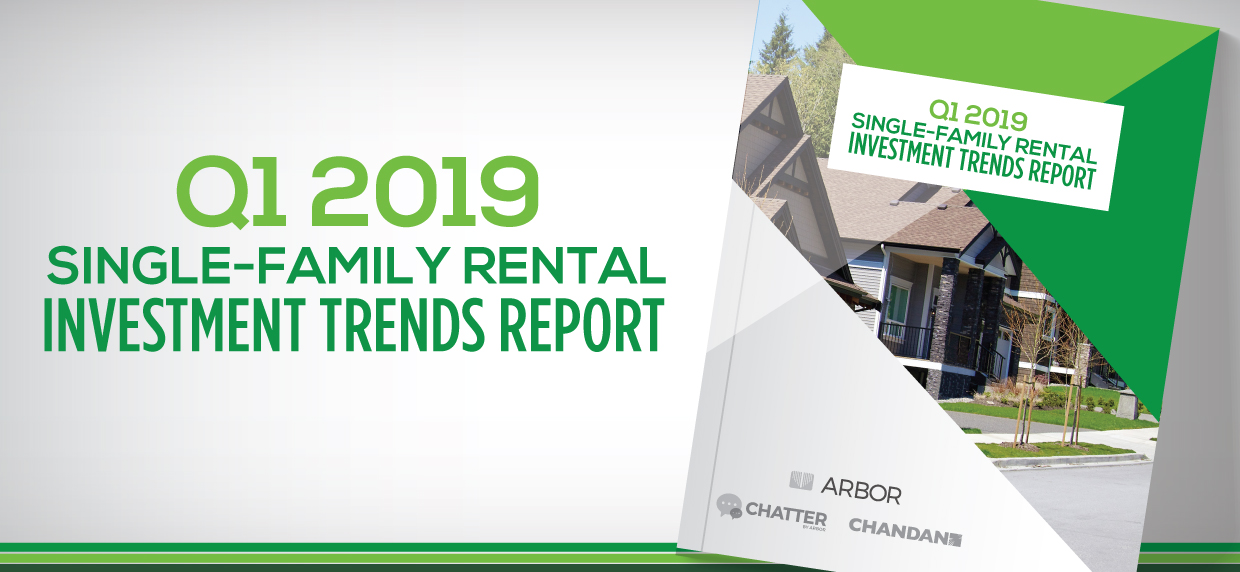Fannie Mae and Freddie Mac, which operate under the Federal Housing Finance Agency’s Duty to Serve Plan, have made financing workforce housing a central component of creating more equitable and sustainable access to quality rental housing. With a wide range of programs and incentives now available, investors have been increasingly securing stable and valuable opportunities, which can also improve the lives of cost-burdened middle-income professionals.

Arbor Introduces Proprietary Single-Family Rental Research
The market for single-family rentals (SFRs) in the United States has seen transformational change in recent years.
Higher per-unit acquisition costs and difficulties associated with managing and maintaining dispersed properties have limited both institutional penetration into the SFR sector and any semblance of market scale. However, in recent years the asset class has been gaining ground among investors.
Underpriced single-family assets following the financial crisis, technological advancements boosting operating efficiencies and a budding investor pipeline are all contributing to increased interest in SFR investment. Institutional capital sources are beginning to jump off the sidelines and into the suburbs.
For exclusive insights on the SFR market, download our “Q1 2019 Single-Family Rentals Investment Trends Report.”
Explore key SFR highlights, including:
- Occupancy Trends
- Cap Rates
- LTVs & Debt Yields
- Build to Rent Construction

